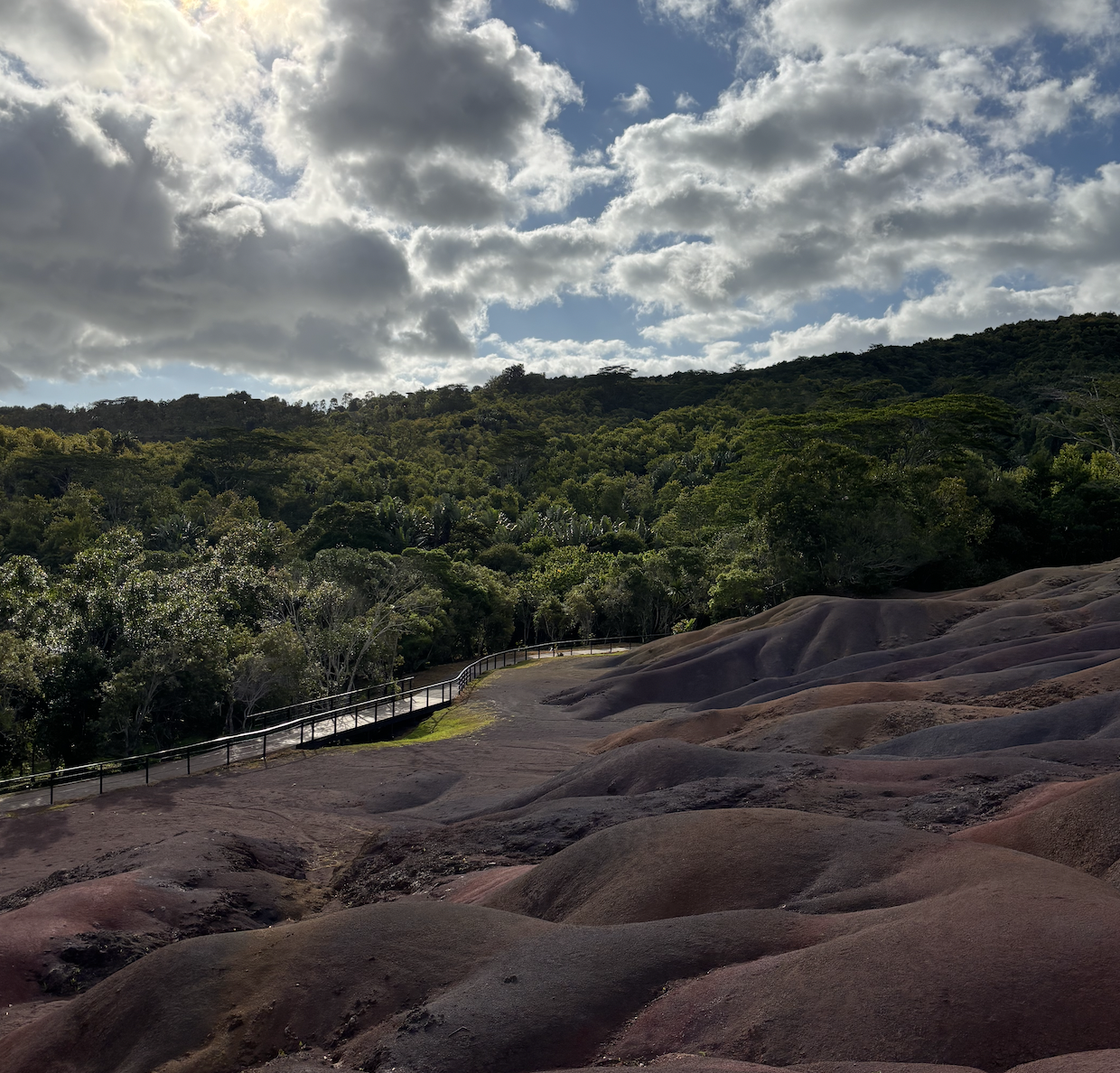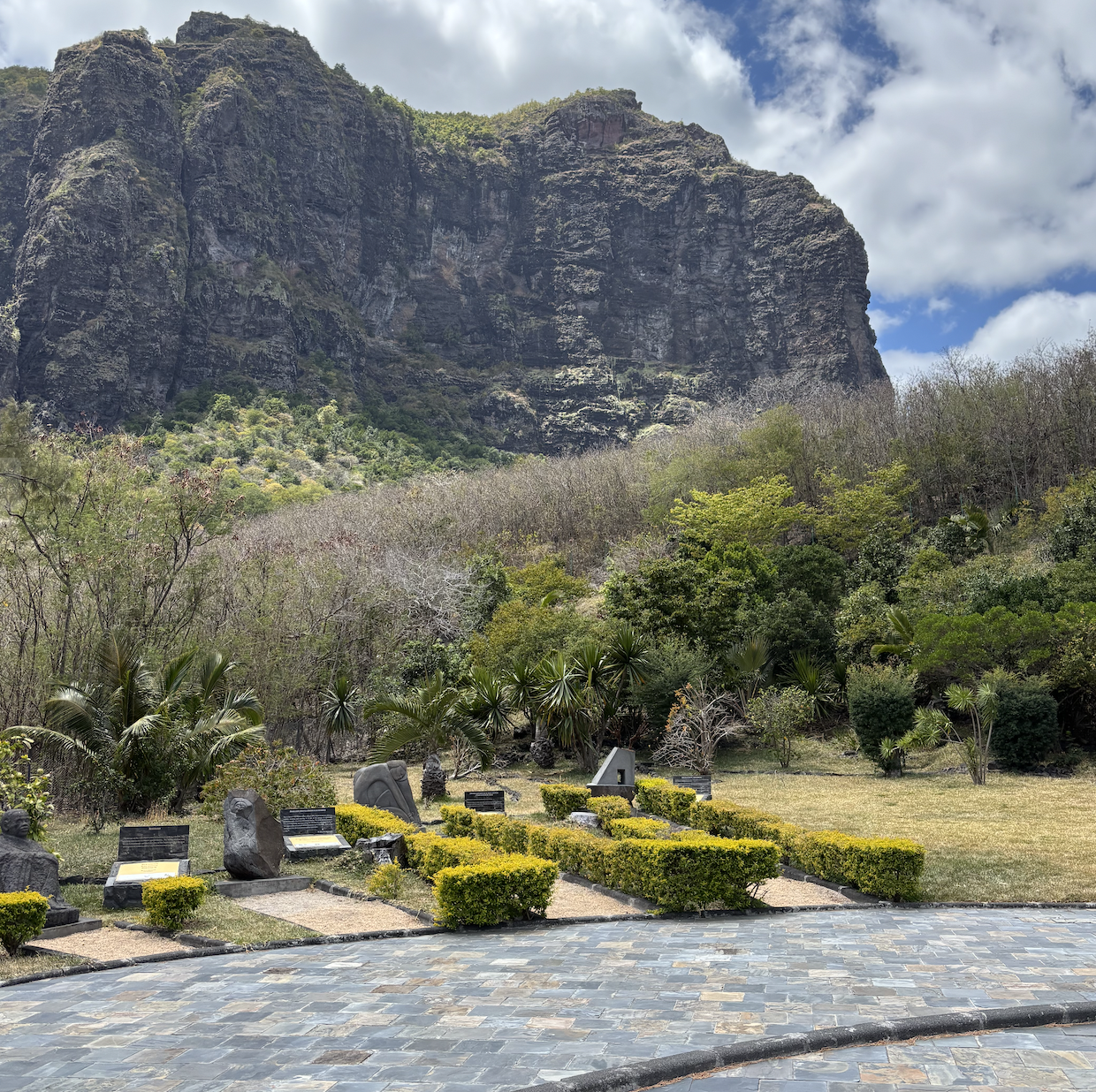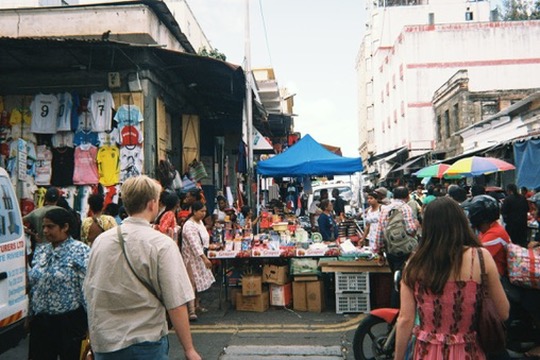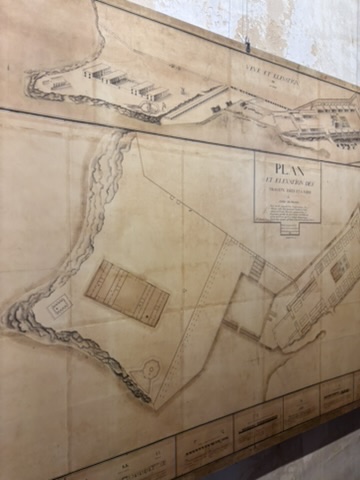
Paradise Found?
Sitting under the unreliable shade of a thin-branched tree, my eyes wandered to a run-down tourist bus as it pulled into the public beach parking lot. I glanced their way every so often, watching as adults, kids, and older people alike poured onto the sand a couple hundred feet down the shore. While our group sat listening to our guide—an archaeologist—explain the fascinating, tragic history of Le Morne mountain, the tourists donned waterproof gear and began to wade into the shallow turquoise water. Skiffs bobbed gently in the receding tide, and the group began to splash toward an island across the inlet. Overlooking this scene, the nearly-vertical cliffs of Le Morne loomed in the distance.
Once the jewel of France’s holdings in the Indian Ocean, Mauritius was taken over by Great Britain at the beginning of the nineteenth century. Even so, it remained culturally part of the Francophone world, and today’s Mauritian Creole is rooted in French. Before Europeans colonized the island, Mauritius had no human population. Its first inhabitants were largely enslaved Mozambicans and Malagasies, who toiled under the Indian Ocean sun in brutal conditions. In due time, as groups of enslaved Mauritians escaped their captors, some sought refuge in the impenetrable Le Morne peninsula.
Hiding out in caves and on cliffs, these individuals—known as maroons—formed communities that relied on mutual support and drew on the shared experience of enslavement. When British colonial officers came to Le Morne to tell the maroons that London had abolished slavery, many feared they were being enslaved once again and, rather than face such a fate, jumped off Le Morne to their deaths. Amid a wave of cultural reckoning at the beginning of the twenty-first century, the Mauritian government organized a committee of scholars who worked (successfully) toward earning UNESCO recognition for Le Morne to become a World Heritage Site. Just as our guide finished speaking, the group of tourists reached the island with their life vests and hiking sticks. Exploring this lush island paradise, I am reminded that doing so has not always been a privilege.






